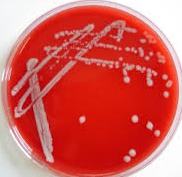MICROORGANISMS USED FOR BIOTECHNOLOGICAL PROCESSES
Both prokaryotic and eukaryotic organisms including plants, animals and microorganisms are used for biotechnological manipulations. Whole animals and plants are manipulated through genetic engineering to produce transgenic animals and plants respectively. In addition, bacteria and other eukaryotic cells have been genetically manipulated to produce non-microbial products such as human growth hormones, insulin, interferon, mammalian proteins […]
MICROORGANISMS USED FOR BIOTECHNOLOGICAL PROCESSES Read More »
Biotechnology, Industrial Microbiology





